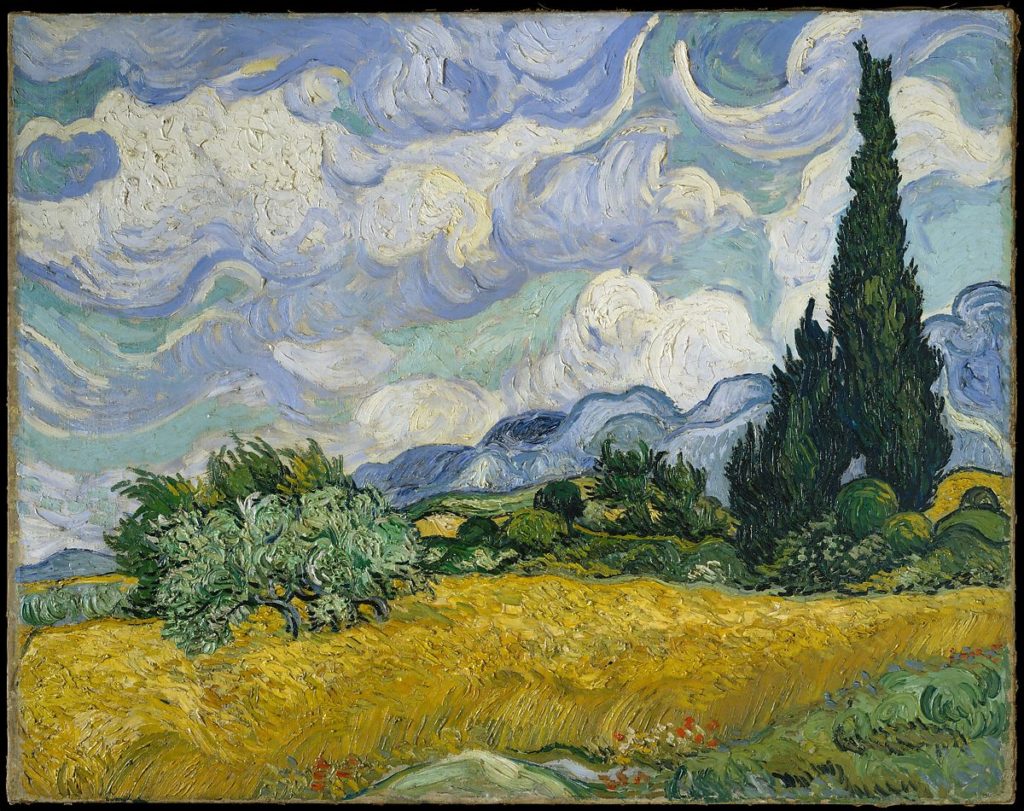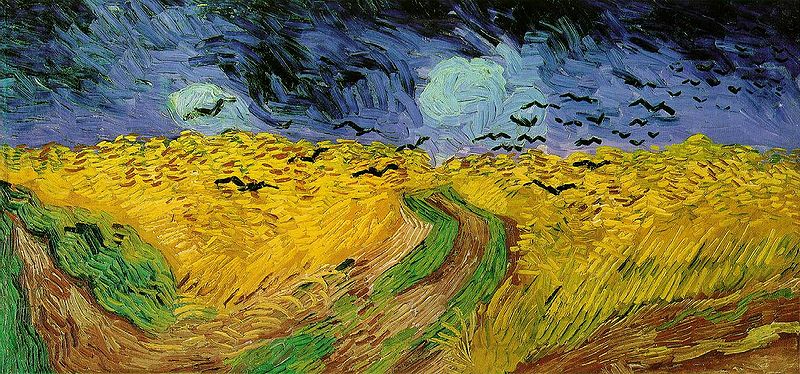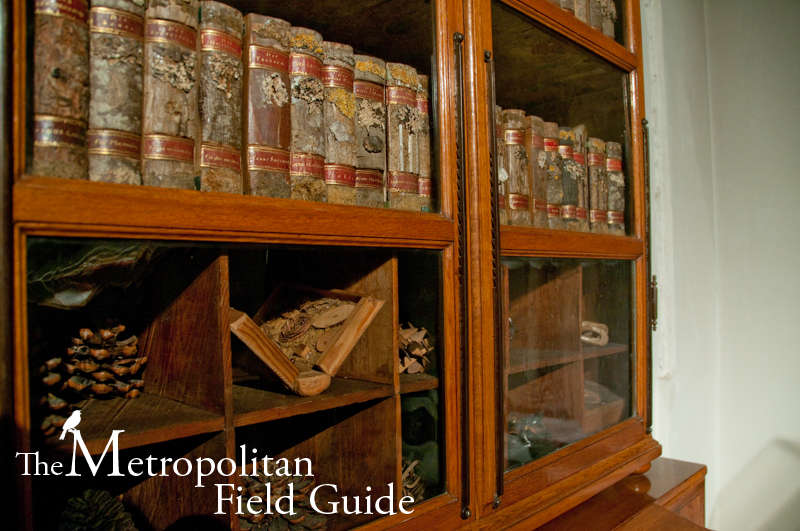This was originally published on Native Plants & Wildlife Gardens.
“If one really loves nature, one can find beauty everywhere.”
-Vincent van Gogh
This is the second post in a short series about the importance of plants in the arts. The first post was Plants in Poetry and looked at the various ways plants were used as inspiration, symbolism, morals and as an appreciation of nature. In addition to poetry, plants have been represented a great deal in paintings. We can go into nearly any art museum and find a still life of a bouquet, everyone from Henri Matisse to Pierre Auguste Renoir to Paul Gauguin all spent time painting bouquet’s of flowers settled among indoor props. The landscape painting genre however kept plants in their native surroundings and paid special attention to the types of plants that were there. Of course many artists made names for themselves with their botanical illustrations alone.

One of my favorite artists focused a great amount of energy on plants in his paintings. Vincent van Gogh also painted bouquets, in fact his Sunflower paintings are perhaps among the most famous of bouquets. As I recently read through a book of his letters, I was struck by how much he loved nature and being outside. If you flip through a book of his paintings, many, if not most, have plants in them. Indoor scenes often include a vase of flowers and even many of his portraits have the person holding a flower, or there are flowers on the wallpaper behind them. In fact his Portrait of Doctor Gachet includes a stem of foxglove, theorized to be used by the doctor to treat van Gogh’s illness.

Even before he became a painter, Vincent was acutely aware of the nature and beauty around him. He regularly described the seasons, the weather and the plants in letters to his brother. When in London he wrote to his brother:
“It is very beautiful here (though it is in the city). In every garden the lilacs and hawthorn and laburnums are in bloom and the chestnut trees are beautiful. If one really loves nature, one can find beauty everywhere. But still I sometimes long for Holland and especially for home. I am very busy gardening and have sown a little garden full of poppies, sweet peas and mignonette…”

Once he began painting he cherished being outdoors even more and during the winters there is a certain depressed tone in his letters to his brother lamenting the wait until spring when the flowers would bloom and he could get back outside to painting. He had a keen eye for color and described the leaves of a tree, the color of the clouds and the hues of the wheat fields in vivid detail to his brother. Perhaps he realized he saw the world in a different way from other people.
“It is a painter’s duty to be entirely absorbed by nature and to use all his intelligence to express sentiment in his work so that it becomes intelligible to other people.”

During his time at the hospital in Arles, some of the brightest parts of his letters are when he changes from talking about his illness, the hospital or his poverty and instead describes the blooming olive trees, the cypress trees or the fields in bloom.
“There are moments in between whiles when Nature is superb, autumn effects glorious in color, green skies contrasting with foliage in yellows, oranges, greens, earth in all the violets, burnt up grass amongst which however the rains have given a last energy to certain plants, which start again to put forth little flowers of violet, rose, blue yellow. Things one is quite sad not to be able to reproduce.”

One gets a sense from his letters, as he describes the negative effects of his illness, the unpleasantness of his surroundings in the hospital and his fellow residents, that he finds great relief in being outside painting what he sees. It’s during the period of his escalating illness that he paints some of his best and most famous of paintings such as Wheat Field with Cypresses and Starry Night. Reading through his letters, the sense I got was his complete and utter joy in the natural world around him, observing and painting the garden at the hospital, the cypress trees in the fields or sunflowers in a vase. Even beyond his apparent joy of the natural world, I think it was absolutely necessary to him and I wonder how he would have managed his illness without that connection to the flora and fauna around him. Vincent van Gogh was not a genius because of his illness, he was a genius in spite of it and I believe nature played a key role in that. He saw the world in a completely unique way, but through his words and paintings we can come to appreciate the world through his eyes, if only a little.





